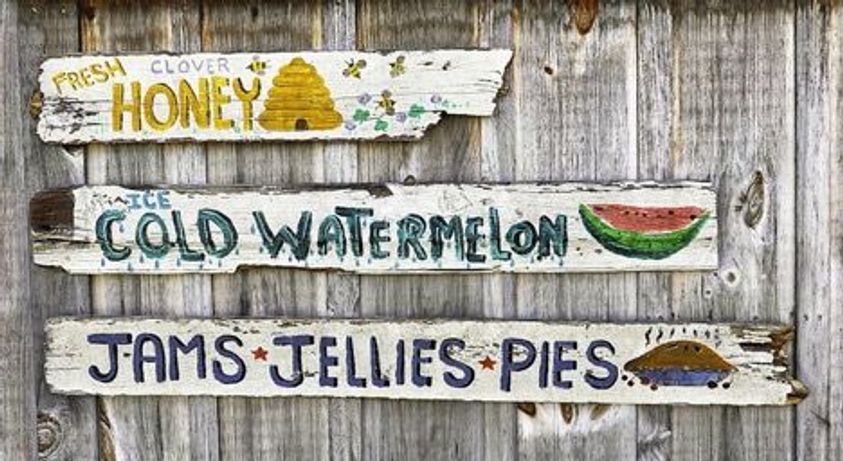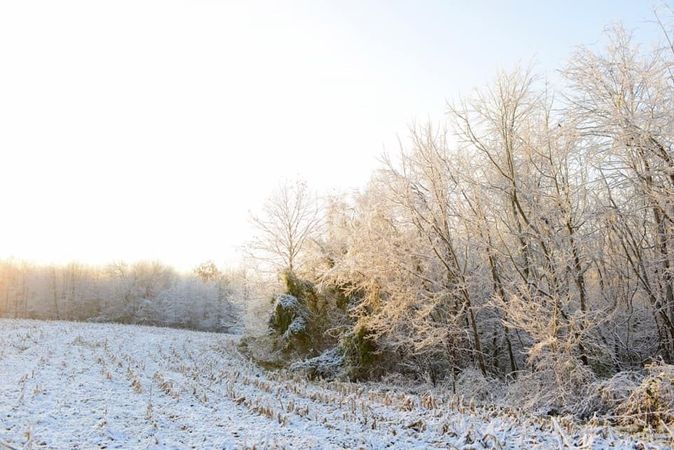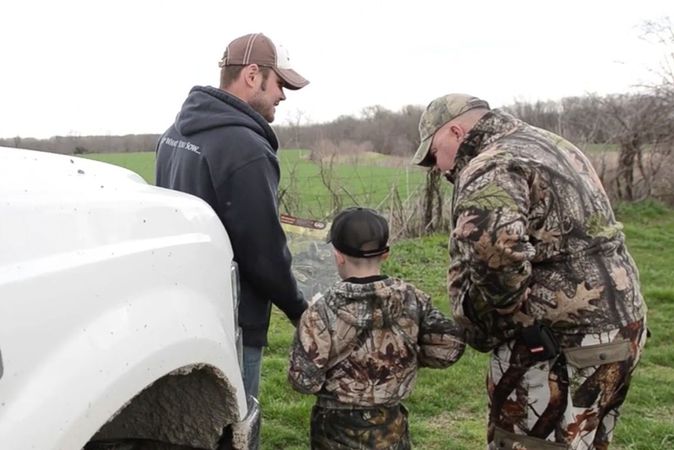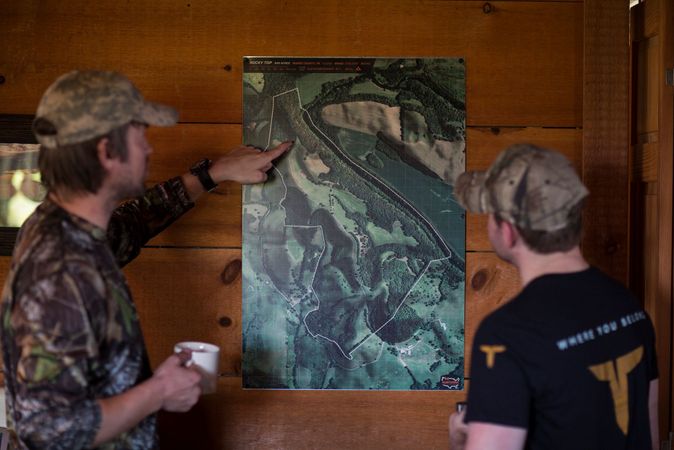So you’re a farmer or a craftsman (or craftswoman) and you’ve discovered that you have a commodity that people love. Maybe you jar homemade jam or pickled beets. Maybe you farm delicious organic tomatoes and squash. Or maybe you craft handmade furniture from the timber on your land. Whatever your product may be, you’ve reached the point when you’re ready to start selling to the public. But where to begin? The best place to start is your local farmer’s market.
Step 1: Contact the Organizer
These days, your best bet for an email or phone number is the “contact us” portion of a farmer’s market website. Depending on the size and style of farmer’s market, this may lead to a formal conversation, similar to a job interview. Or, if the committee or organizers are more relaxed, it may be as simple as a friendly Q&A and introduction. Be prepared for both. Remember that the person on the other end of the call doesn’t know you or how much experience you possess, so sell yourself a bit. Have a list of questions prepared. Here are a few examples:
1. What fees or paperwork are required to operate your booth? Will insurance be necessary?
2. What payment methods do vendors generally accept? Should I be prepared to accept alternate payment methods other than cash or check?
3. Is the market covered in case of inclement weather?
4. Ask if you can see a list of other vendors and what they sell. It’s always good to size up your competition.
5. How is the location of your booth determined?
Step 2: Preparing to for Set Up Your Vendor Station
Make a list of items you need to set up your stall. Consider borrowing the things you don’t have the first time around. You never know what veteran vendors might teach you. These might include:
- A method to accept credit card payments (access to wifi or a hotspot?)
- A safe place for cash to make change in many denominations
- Comfortable folding chairs to sit in during slow times
- Umbrella
- Display items like baskets or other inviting decorations
- Folding tables for display
- Water and snacks
- Business cards
- A sign to identify your vendor or store name
- Price tags
Step 3: Be Ready On The Big Day
On the big day, don’t be the rookie who waits until the day of to pack things into the car or package products. You don’t want to be stuck in setup mode while potential customers pass you by. It would be advantageous to attend the market while it’s in session before you start to sell there. Once you’ve seen the crowds and other booths, you’ll have a much better idea of what to expect and what to bring. At the very least, attend a different farmer’s market to get familiar with the scene and the expectations. You’ll probably pick up some helpful ideas. Most markets open first thing in the morning, and smart summer shoppers will be there early to beat the heat.
Step 4: Differentiate Yourself
Be sure that you’ve put thought into the way your booth appears to customers walking in. Is it welcoming? Does your product feel unique? Are you portraying a “brand” that is better than all the other products in this farmer’s market? If it’s organic, make a sign that draws attention to that. If you have wacky flavors, don’t let that differentiator fade into the background. Make sure that you’ve packaged your products with some spunk and drawn attention to the products with signage and decoration. By creating inviting signs for each flavor, or by grouping them at different levels, you can create greater visual interest. Take a poke around on Pinterest to see what other farmers have done in the past. But never settle for just setting out your product on the table. You can do better, and customers will notice the difference.
Step 5: Make a Connection
To some, this may sound obvious. But not all of us are natural-born extroverts. We’re mostly farmers! It’s important to remember, attendees of farmer’s markets are interested in where their produce or products come from. That’s why they’re there and not at Publix, or heaven forbid, Walmart! Customers will appreciate getting to know you and feeling connected to the story behind what they’re purchasing. So don’t be shy – tell them about how you source your products, what kind of soil you use, or why you decided to harvest timber. But most importantly, tell them why you’re passionate about what you make or farm. They’ll leave with a story they want to share with their friends. Before they leave, be sure to ask them to keep up with you on your website or social media, so they can find you if they’d like to purchase more in the future.







